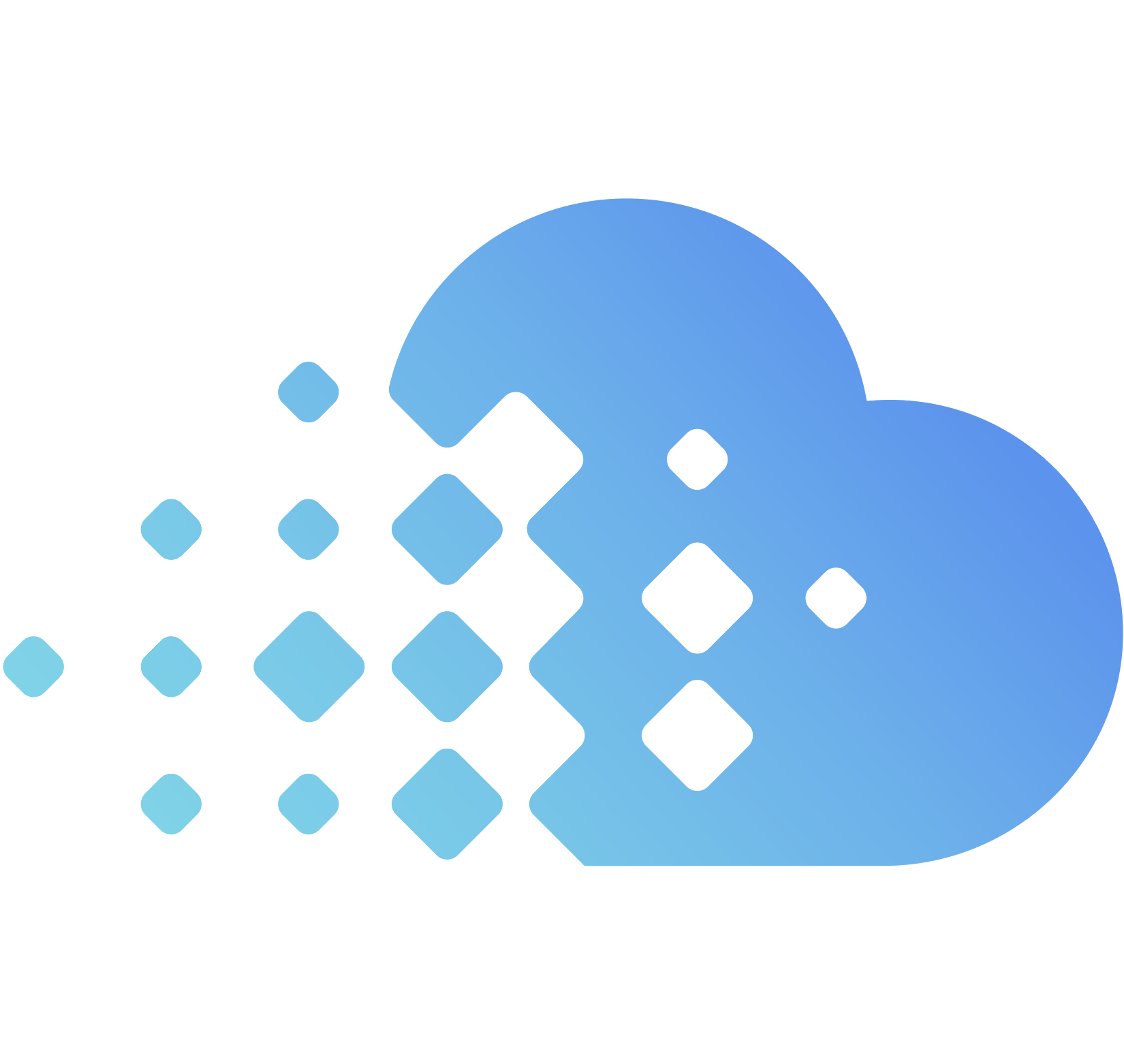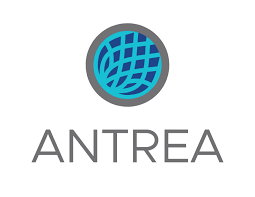Whether you’re designing a new Kubernetes cluster or are dissatisfied with the current performance/security of your cloud networking infrastructure, Antrea CNI is worth considering.
Antrea provides rich capabilities to granularly control traffic between pods, making it an ideal solution for those looking to improve their Kubernetes cloud networking security.
Read on to learn more about the benefits of using Antrea CNI and how it can be used to improve your own Kubernetes environment and the advantages of integrating it with NSX.
What is Antrea?
Antrea is an open-source container network interface (CNI) plugin developed by VMware and can be used by and 3rd party Kubernetes orchestration engines such as OpenShift, AKS, GKE, etc.
Antrea uses the Open vSwitch to manage pod networking. It provides a complete solution for pod networking, with features such as pod-to-pod communication, service discovery, and network policy enforcement. Antrea supports multiple networking modes, including overlay networking, layer 2 bridging, and direct routing. It also provides network policy capabilities, allowing administrators to granularly control traffic between pods.
In other words, Antrea CNI provides a comprehensive solution for those looking to improve their Kubernetes cloud networking security.
What are the benefits of using Antrea?
Some of the benefits of using Antrea for Kubernetes networking include easy setup, integration with other CNI plugins, performance improvements, and increased security.
The easy setup is one of the main benefits of using Antrea. You can quickly install it and get started with using it without having to go through a lot of configuration. This is a big advantage over other CNI plugins which can be quite complicated to set up.
Another benefit of Antrea CNI is that it integrates well with other CNI plugins. This makes it easier to use if you’re already using other plugins for Kubernetes networking. It also means you don’t have to worry about compatibility issues between different plugins.
Antrea also provides performance improvements over other CNI plugins. These performance improvements are manifested because Antrea is designed specifically for Kubernetes\ cloud networking security.
Another big advantage is Antrea CNI’s scalability. It can support up to 10,000 pods per cluster, making it ideal for large-scale deployments. Finally, the increased flexibility that Antrea CNI provides can be very helpful in customizing your network to meet your specific needs.
What are container network policies?
A container network policy is a set of rules that are used to control traffic in a Kubernetes cluster. They are used to allow or deny traffic between pods and to restrict traffic to specific namespaces or LabelSelectors. Network policies can be very granular, and they provide a lot of flexibility when controlling traffic in a Kubernetes cluster.
There are a few different types of container network policies:
- Ingress network policy, which controls incoming traffic to a pod.
- Egress network policies control outgoing traffic from a pod.
- internal network policies control traffic between pods in the same namespace.
Network policies are implemented using the Kubernetes API objects called NetworkPolicies. A NetworkPolicy object defines a set of rules that are used to control traffic in a Kubernetes cluster. To create a network policy, you need to create a NetworkPolicy object and then apply it to your desired namespace.
Network policies are an important part of Kubernetes networking because they provide granular control over traffic in a cluster. By carefully planning your network policies, you can guarantee that your applications are well isolated from each other and that only the necessary communication is allowed.
What are some of the challenges in implementing network policies?
One of the challenges in implementing network policies is the lack of visibility into network traffic, which can make it difficult to determine whether a security policy is being enforced or not. Another challenge is that it can be difficult to scale network policies to meet the needs of a large Kubernetes deployment. Network policies can also conflict with each other, causing unexpected behavior.
Another challenge is the need for ongoing maintenance. As new applications are deployed or updated, the network policy implementation will need to be updated to reflect these changes. This can be a time-consuming and complex process, particularly in large and complex environments.
Finally, it can be difficult to scale a network policy implementation as the number of applications and users grows. This is because each application and user will need its own set of rules defined in the network policy. As the number of rules grows, it can become increasingly difficult to manage and maintain the policy implementation.
How can NSX Security and Antrea be used together to provide a more secure Kubernetes environment?
As your organization grows, so do the number of containers and the complexity of your applications. To keep your Kubernetes environment secure, you need to be able to microsegment traffic between containers and enforce network policies between them. This is where the Integration of NSX Security comes in.
NSX Security can be used to microsegment traffic between containers. This means that each container has its own dedicated security profile, making it much more difficult for an attacker to move laterally between containers. NSX Security also provides a number of other security features, such as intrusion detection and prevention, that can help protect your Kubernetes environment.
The combination of NSX Security and Antrea can help to provide a more secure Kubernetes environment for your business.
Conclusion
Antrea can improve cloud networking security in several ways, including creating a more efficient network, providing greater network control flexibility and granularity
The combination of NSX Security and Antrea can help provide a more secure Kubernetes environment by micro-segmenting traffic between containers and enforcing network policies.
If you’re looking to improve your Kubernetes networking, Antrea CNI is a great solution. It’s easy to set up and integrates well with other CNI plugins. Plus, it offers increased security and improved performance.
For more information on how to implement Antrea CNI in your own Kubernetes environment, feel free to contact me via LinkedIn\Whatsapp. I’ll be happy to help you get started.
Tom Giro
Virtualization Engineer
+(972) – 54-5474534
Additional reading:
TGI Kubernetes 135: Antrea CNI
NSX-T and Container Networking with Antrea – Tanzu Service Mesh
A brief overview of the Container Network Interface (CNI) in Kubernetes
Container Security | Securing Containers from Potential Cyberthreats
IANS Research –Challenges of Container Security (And How to Do It Right)
Registering an Antrea Container Cluster to NSX-T Data Center
#Antrea #Containers #Cyber #CyberSecurity #Docker #Kubernetes #K8s #CNI #VMware #NSX #Tanzu #Netwoking #GKE #AKS #OpenShift


Comments are closed